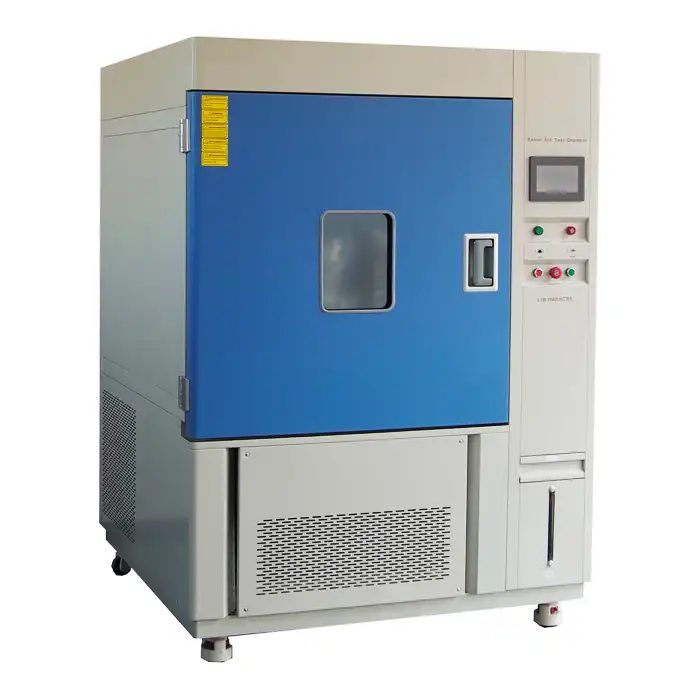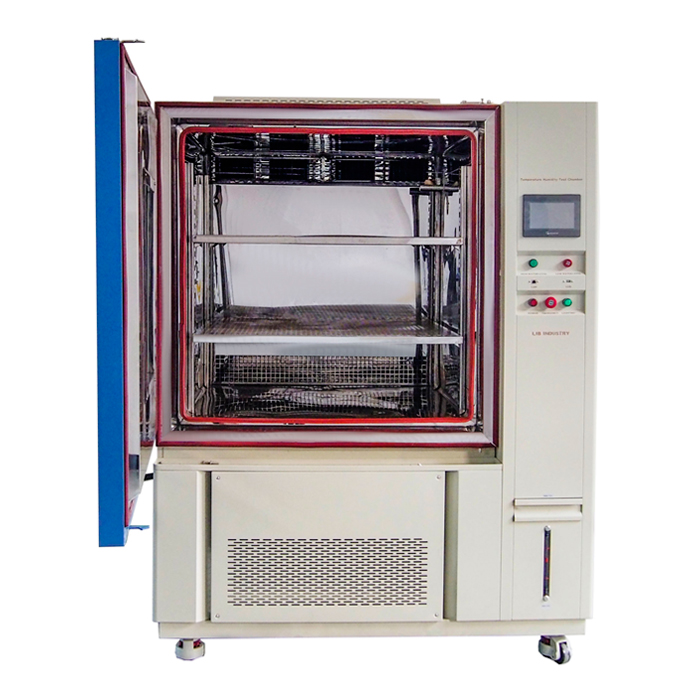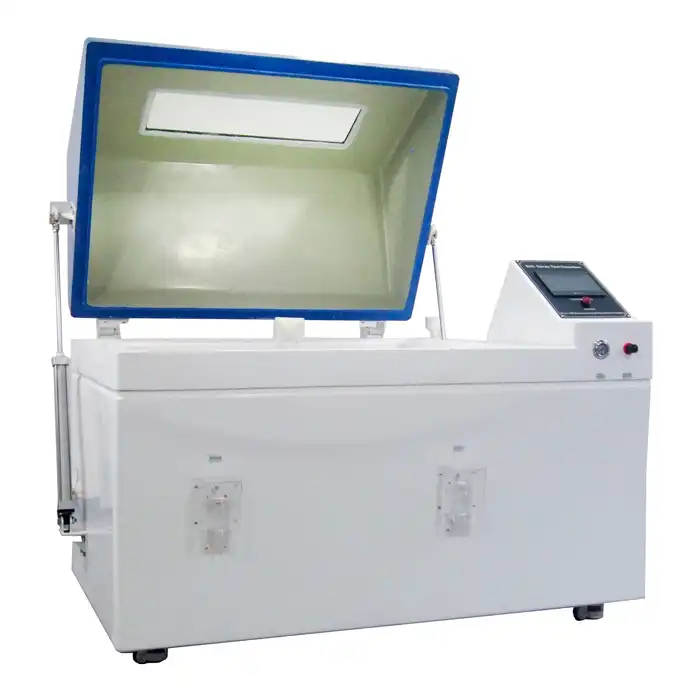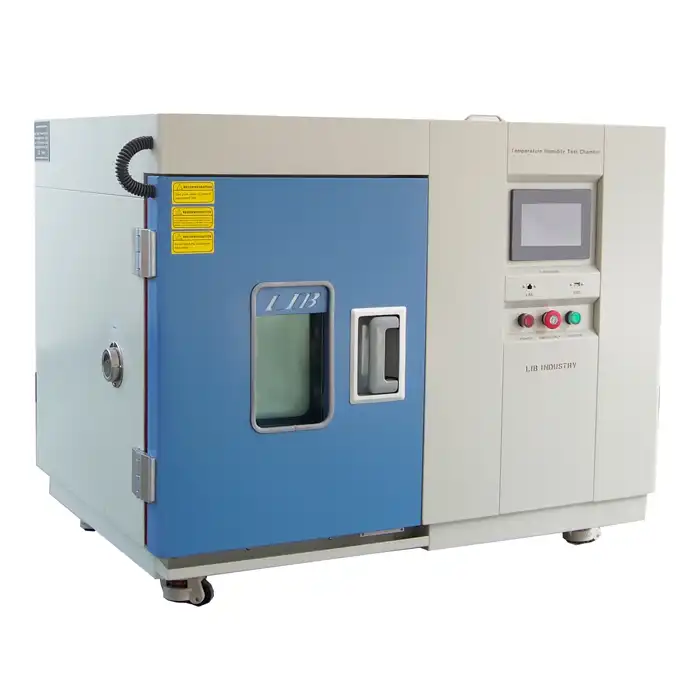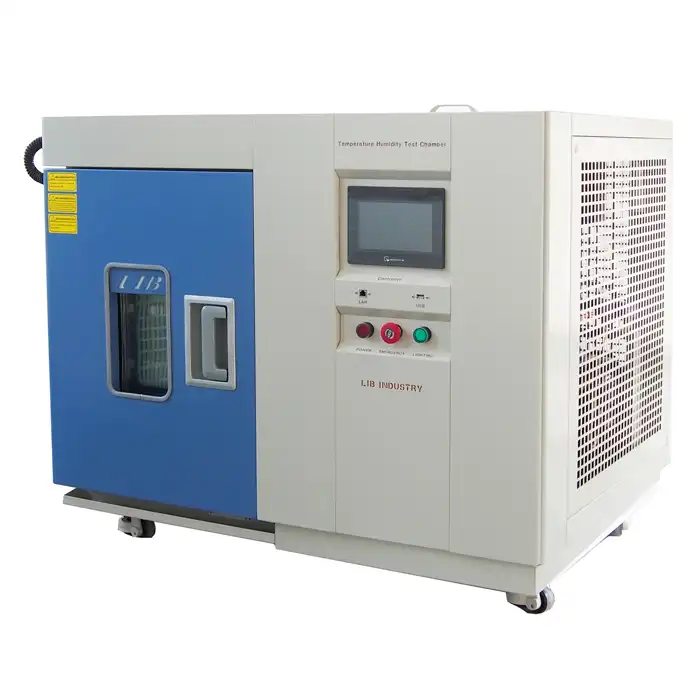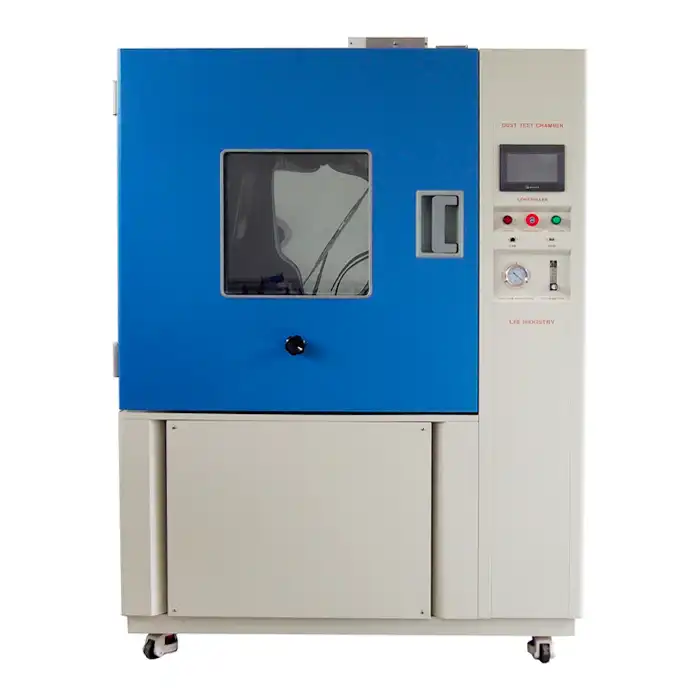The Role of PV Environmental Chambers in Solar Panel Manufacturing
In the fast-growing solar industry, ensuring the long-term reliability and efficiency of photovoltaic (PV) modules is critical. PV environmental chambers play a vital role in this process, helping manufacturers simulate real-world conditions and optimize their solar panels' performance and durability.
Simulating Real-World Degradation Mechanisms in PV Modules
Solar panels face a multitude of environmental stressors - extreme temperatures, high humidity, UV radiation, and mechanical stress - that can gradually degrade their performance over time. PV environmental chambers are engineered to replicate these real-world degradation mechanisms in controlled laboratory settings. By simulating accelerated aging under harsh conditions, manufacturers gain valuable insights into how their panels will perform after years of exposure.
For instance, thermal cycling tests, which subject PV modules to alternating extremes of high and low temperatures, mimic day-night temperature variations. Such tests help identify failure points in solder joints or encapsulation materials, allowing manufacturers to improve their designs. Coupled with humidity-freeze tests, where high humidity is followed by freezing conditions, PV environmental chambers reveal potential moisture ingress issues, helping manufacturers refine their products for enhanced reliability.
PV Environmental Chamber Applications Across the PV Manufacturing Chain
PV environmental chambers are used throughout the solar panel manufacturing process, from material selection to final product validation. During the research and development phase, these chambers help manufacturers evaluate and select the most durable materials. For example, different encapsulants or backsheet materials may be tested to see how they hold up under prolonged UV exposure or high-temperature conditions.
In the production stage, environmental chambers are used to validate the quality and performance of completed PV modules. By exposing finished products to accelerated environmental stressors, manufacturers can ensure they meet performance thresholds before they are introduced to the market. LIB Industry's PV environmental chambers offer a turn-key solution, enabling manufacturers to confidently test materials, components, and finished products throughout the entire manufacturing chain, ensuring consistent quality and long-term performance.
Meeting and Exceeding International PV Testing Standards
Solar panel manufacturers must adhere to stringent international standards to ensure their products meet market requirements. Organizations like the International Electrotechnical Commission (IEC) have set forth testing protocols, such as IEC 61215, which outlines mechanical, thermal, and electrical tests for PV modules. PV environmental chambers are indispensable in helping manufacturers meet and exceed these global standards.
For example, the IEC 61730 standard focuses on the safety and durability of PV modules. Environmental chambers allow manufacturers to simulate environmental stressors and evaluate whether their panels meet these safety standards. By utilizing chambers that can replicate UV exposure, temperature cycling, and damp heat conditions, manufacturers can confidently certify their products for international markets, ensuring compliance with regulations and enhancing customer trust.
Predicting Long-Term PV Performance with Environmental Chambers
One of the most critical roles of PV environmental chambers is in predicting the long-term performance of solar panels. Solar energy systems are often expected to last 25 years or more, and the ability to predict how they will perform over such extended periods is essential for both manufacturers and their customers.
Environmental chambers can perform accelerated life testing, where PV modules are subjected to extreme conditions over a compressed time frame. This allows manufacturers to assess how the panels will degrade over years or decades of exposure to the elements. For instance, damp heat tests - where modules are exposed to 85% humidity at 85°C for extended periods - provide insights into how well the materials withstand moisture and high temperatures. By identifying failure points early, manufacturers can enhance the durability of their PV modules, ensuring optimal energy production over their expected lifespan.
The Iterative Role of PV Environmental Chamber Testing
PV environmental chamber testing is not a one-time process but an iterative part of solar panel development and manufacturing. Engineers and researchers continuously refine their designs based on the data these tests provide. By conducting multiple rounds of testing, manufacturers can optimize their products for maximum performance and durability.
For example, a manufacturer may test a new solar panel design, identify areas for improvement through environmental chamber testing, and then make material or design adjustments. After implementing these changes, the panels undergo another round of testing to validate the improvements. This iterative approach ensures that manufacturers are continually improving their products, leading to more reliable and efficient solar panels that meet the evolving demands of the renewable energy market.
At LIB Industry, we specialize in providing turn-key solutions for environmental testing, from design and production to installation and training. If you're looking to optimize your solar panel manufacturing process with high-quality PV environmental chambers, contact us at ellen@lib-industry.com for more information.
References
1. International Electrotechnical Commission (IEC 61215) - Performance Testing Protocol for PV Modules.
2. PV Module Reliability Scorecard (2023) - A comprehensive report on solar panel durability under various environmental stressors.
3. Photovoltaic Degradation Rates - An Analytical Review (2019) - Study on long-term performance of solar panels under environmental exposure.
4. Accelerated Lifetime Testing of Photovoltaic Modules (2021) - Research on the use of environmental chambers for predicting solar panel lifespan.



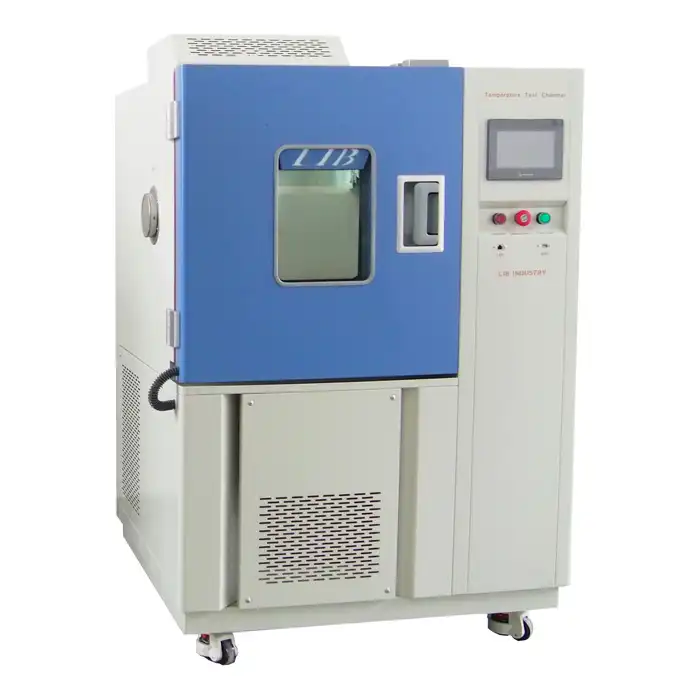
.webp)
